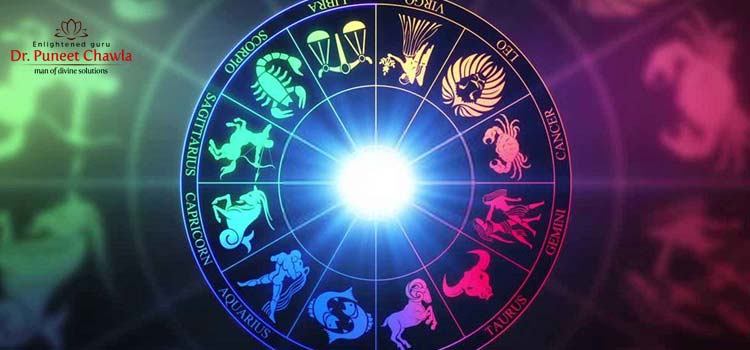-
About
-
 Welcome to Live VaastuWhat if a basic innocent family person is asked about the vaastu Shastra? The answer will be very simple, "he will say solutions to all my life.
Welcome to Live VaastuWhat if a basic innocent family person is asked about the vaastu Shastra? The answer will be very simple, "he will say solutions to all my life.
-
 What is Live Vaastu?Every piece of land has its nature, good or bad depends on many factors. Dr Puneet chawla compares the lands nature as a human body.
What is Live Vaastu?Every piece of land has its nature, good or bad depends on many factors. Dr Puneet chawla compares the lands nature as a human body.
-
 Why Problem Comes in life?Happiness is of two types, one is transient happiness and the other is long lasting happiness, we can call the later as true happiness.
Why Problem Comes in life?Happiness is of two types, one is transient happiness and the other is long lasting happiness, we can call the later as true happiness.
-
-
Vaastu Services
-
 Vastu For Personal Visit at Your PlaceNormally everybody is not aware of the Vastu and the basic directions. He explains you about the basic directions, how to analyze them, where these directions are situated in ....
Vastu For Personal Visit at Your PlaceNormally everybody is not aware of the Vastu and the basic directions. He explains you about the basic directions, how to analyze them, where these directions are situated in ....
-
 Consultancy By Meeting At His OfficeThe people who can not call Dr. Puneet Chawla at there site can meet him at his designated offices. Meeting with him is possible in every city at a specified place. The peopl....
Consultancy By Meeting At His OfficeThe people who can not call Dr. Puneet Chawla at there site can meet him at his designated offices. Meeting with him is possible in every city at a specified place. The peopl....
-
 Personal Vastu Consultancy By EmailTechnology these days is a big privilege. At the comfort of our place we can do good communication of our thoughts and issues. You can avail the vastu services by email which....
Personal Vastu Consultancy By EmailTechnology these days is a big privilege. At the comfort of our place we can do good communication of our thoughts and issues. You can avail the vastu services by email which....
-
-
Books
-
 Vaastu Passage to Fortune
Vaastu Passage to Fortune
-
 Moral Stories for Better Tomorrow
Moral Stories for Better Tomorrow
-
 Omen Good & Bad
Omen Good & Bad
-
- CORNER
- ARTICLES
- PRODUCTS
- CONTACT US
You’ll get access to
Orders, Wishlist, Repeat Order, Manage Address, Store Payment Method
New User? Sign Up











